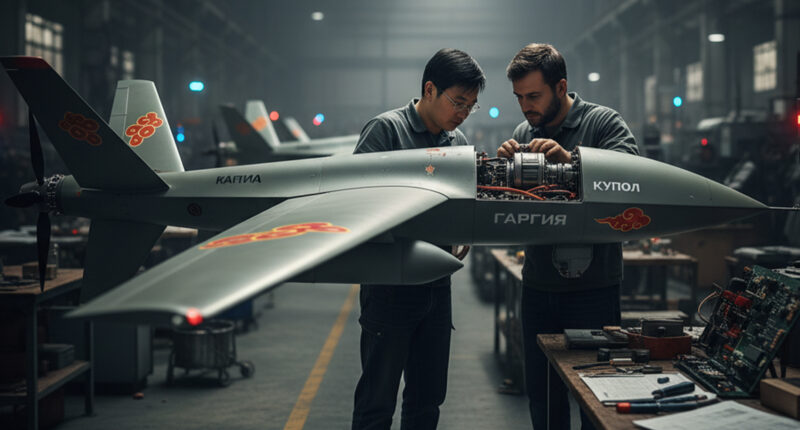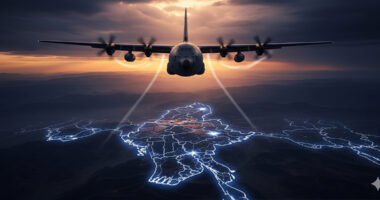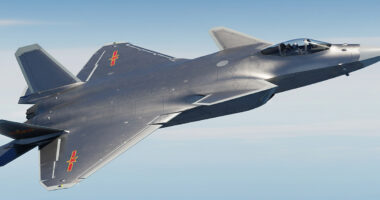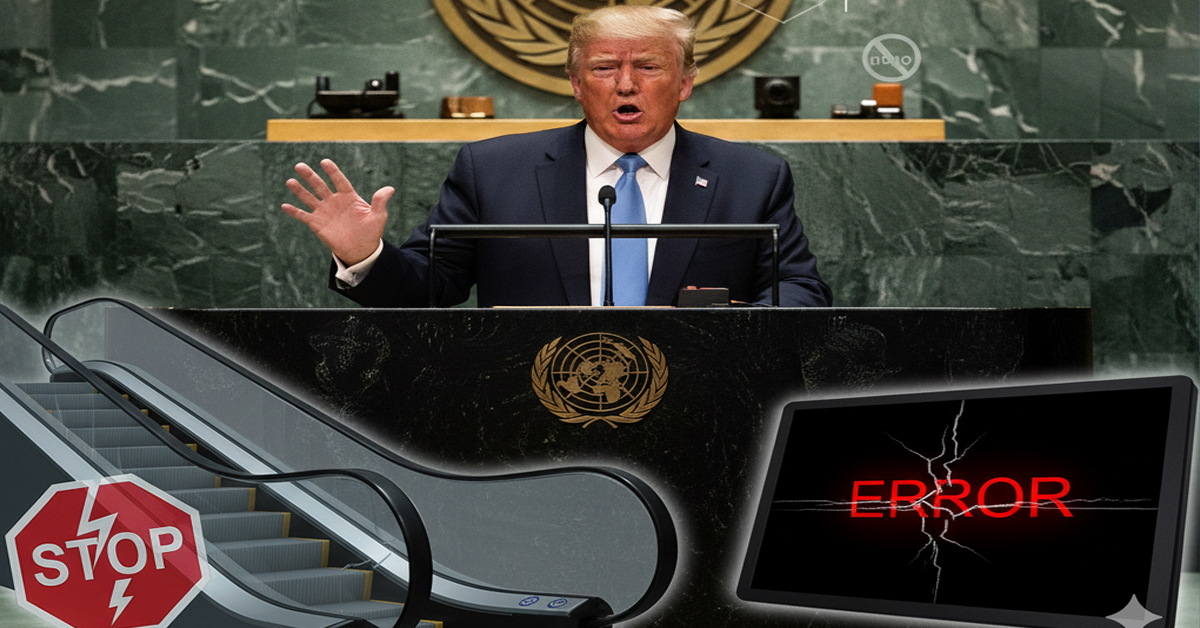The intricate web of global geopolitics and military technology has once again revealed a contentious entanglement, as new reports suggest that Chinese drone specialists have traveled to Russia to provide critical technical assistance to a state-owned, sanctioned Russian weapons company. This assistance is aimed squarely at bolstering Russia’s military drone capabilities, a revelation that carries significant implications for international sanctions regimes and the ongoing conflict in Ukraine.
Reuters, citing internal documents and insights from two European security officials, has brought to light this discreet collaboration, detailing how Chinese expertise is flowing into the heart of Russia’s defense industry, specifically in the development and production of advanced military drones. This development underscores the persistent challenges faced by Western nations in enforcing comprehensive sanctions against Moscow, and highlights the evolving nature of military-technological partnerships in a multipolar world.
The Unveiling of a Controversial Partnership: Kupol and Garpiya
At the center of this controversy is Kupol, a Russian state-owned enterprise that has been under international sanctions. Kupol is reportedly manufacturing thousands of Garpiya loitering munitions, often referred to as “kamikaze drones.” These lethal unmanned aerial vehicles are a critical component of Russia’s strategy in Ukraine, designed for long-range strikes and precision attacks by detonating upon impact with their targets.
The Garpiya drones bear a striking resemblance to Iran’s notorious Shahed drones, which have been extensively used by Russia in Ukraine, often overwhelming air defenses due to their sheer numbers and destructive potential. The report indicates that these Garpiyas are being produced with a significant reliance on Chinese components, including crucial engines. This dependency on foreign parts, particularly from China, illustrates both Russia’s industrial vulnerabilities under sanctions and China’s quiet, yet pivotal, role in sustaining its ally’s military manufacturing.
Russia has openly acknowledged the extensive use of these drones, claiming to deploy approximately 500 Garpiyas per month in the Ukraine conflict. Such a high rate of consumption necessitates a robust and consistent supply chain, which the Chinese technical assistance and component provision appear to be facilitating. The flow of such technology to a sanctioned entity raises serious questions about the effectiveness of existing international controls and the willingness of some nations to adhere to them.
Sanctions Evasion and the Shadow Economy of War
The direct involvement of Chinese drone experts with a sanctioned Russian entity like Kupol represents a significant escalation in the circumvention of Western sanctions. Sanctions are designed to cripple an adversary’s ability to wage war by cutting off access to financing, technology, and critical components. However, this report suggests a sophisticated mechanism for evasion:
- Technical Know-how Transfer: Beyond simply selling components, the presence of experts implies a transfer of intellectual property, manufacturing processes, and operational techniques. This makes Russia more self-sufficient in the long run, reducing its vulnerability to future supply chain disruptions.
- Component Sourcing: China’s vast manufacturing base provides a crucial alternative source for parts that Russia can no longer acquire from Western markets. Engines, electronics, and navigation systems – all vital for drone production – can be sourced, often through intermediaries, to obscure their ultimate destination.
- Dual-Use Dilemma: Many drone components are “dual-use,” meaning they have both civilian and military applications. This makes it challenging to identify and block the sale of items specifically intended for military purposes without disrupting legitimate trade.
This alleged collaboration adds another layer to the narrative of a shadow economy of war, where nations and entities willing to defy international norms find ways to support their allies, often through opaque networks and technical assistance programs.
The Strategic Implications for Geopolitics
The revelation of Chinese drone experts directly aiding Russian military production carries profound strategic implications:
- Challenging Western Unity and Sanctions: It directly undermines the collective efforts of Western nations to isolate Russia economically and militarily. It sends a clear signal that Russia has powerful partners willing to mitigate the impact of sanctions.
- Escalating Tensions: For the United States and its allies, this is likely to be viewed as a further erosion of trust with Beijing, potentially leading to increased diplomatic pressure, trade restrictions, or secondary sanctions on Chinese entities involved.
- Technological Transfer and Military Doctrine: The assistance could allow Russia to refine its drone tactics and technology, incorporating lessons learned from the battlefield more rapidly. This advanced drone capability could then be a force multiplier not just for Russia, but potentially for other nations that obtain similar technology.
- The “Axis of Authoritarianism” Narrative: Critics of China and Russia often point to such collaborations as evidence of a burgeoning anti-Western bloc. This report will undoubtedly fuel that narrative, strengthening the perception of a strategic alignment between Beijing and Moscow.
- Future of Drone Warfare: The continued development of sophisticated, mass-produced, and expendable kamikaze drones fundamentally changes the landscape of modern warfare. This collaboration could accelerate advancements in counter-drone technologies and defensive strategies, as nations scramble to adapt.
China’s Delicate Balancing Act (and its Limits)
China has consistently denied providing lethal aid to Russia, maintaining a public stance of neutrality while calling for peace. However, this report, if verified, suggests that Beijing’s actions may be more nuanced and less neutral than its official pronouncements. Providing technical expertise and key components, even if not direct weaponry, significantly contributes to Russia’s military capacity and directly impacts the conflict.
For China, supporting Russia comes with its own risks:
- Economic Repercussions: Stronger Western sanctions or trade penalties could be imposed on Chinese companies found to be violating export controls.
- Reputational Damage: It damages China’s international image, particularly in Europe, where many nations are wary of China’s growing influence and its alignment with Russia.
- Diplomatic Isolation: It complicates China’s efforts to project itself as a responsible global actor and mediator in international disputes.
Despite these risks, China’s continued support for Russia can be seen as a strategic calculation, aimed at countering perceived Western hegemony, maintaining a vital geopolitical partner, and perhaps gaining insights into advanced military technologies and battlefield applications for its own defense industry.
The Road Ahead: Increased Scrutiny and Countermeasures
The disclosure of Chinese drone experts aiding Kupol will undoubtedly lead to increased scrutiny from Western intelligence agencies and governments. Expect a more aggressive posture in:
- Intelligence Gathering: Heightened efforts to track the flow of dual-use technologies and technical personnel between China and Russia.
- Sanctions Enforcement: A push for stricter enforcement of existing sanctions and the potential for new, targeted sanctions against Chinese entities.
- Diplomatic Pressure: Increased pressure on Beijing to cease any support that directly contributes to Russia’s military capabilities.
- Technological Countermeasures: Accelerated development of counter-drone technologies by Ukraine and its Western allies to neutralize the threat posed by Garpiya and similar munitions.
This report serves as a stark reminder that in the complex tapestry of international relations, geopolitical alignments are often more intricate than they appear on the surface, and the battlefields of today are as much about technological prowess and supply chain resilience as they are about conventional firepower. The future trajectory of the Ukraine conflict, and indeed global power dynamics, will continue to be shaped by such clandestine collaborations.









